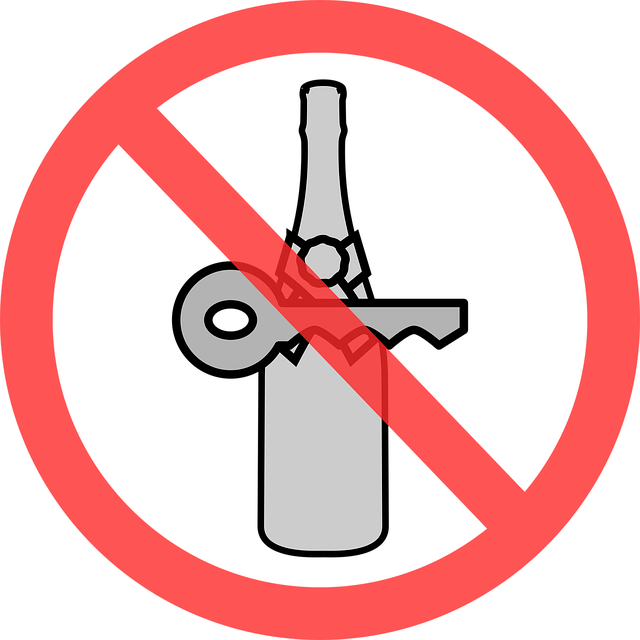High-Risk Reoffender DUI Management involves stringent interventions like tailored counseling, technology-aided surveillance, and regular check-ins to prevent repeat offenses. This strategy includes monitoring systems, rehabilitation programs, community support, and targeted conditions addressing substance abuse and behavior. The goal is long-term sobriety and safe reintegration into the community, balancing deterrence with addressing underlying issues.
In many jurisdictions, a Driving Under the Influence (DUI) arrest can lead to the impoundment of your vehicle, adding stress to an already challenging situation. Understanding the laws surrounding impounded vehicles and DUI release is crucial for those seeking to minimize consequences. This article delves into the complex landscape of impounded vehicle DUI cases, focusing on high-risk reoffenders and effective management strategies. By exploring these key aspects, individuals can navigate the legal process with a clearer understanding of their rights and potential outcomes.
- Understanding Impounded Vehicle DUI Laws
- High-Risk Reoffender: Potential Consequences
- Strategies for Effective DUI Release Management
Understanding Impounded Vehicle DUI Laws

Understanding Impounded Vehicle DUI Laws is crucial for anyone facing a DUI charge, especially those who may be classified as high-risk reoffenders. In many jurisdictions, if convicted of a DUI, your vehicle can be impounded or seized by law enforcement for a specified period. This is often seen as a strict measure to deter repeat offenders and ensure public safety. The laws governing impoundment vary significantly, but they typically consider factors such as prior DUI convictions, blood alcohol levels, and the severity of the current offense.
For high-risk reoffenders, these laws can be particularly stringent. In some cases, vehicles may be impounded for extended periods or even permanently. This not only disrupts daily life but also hinders access to transportation, making it harder for individuals to maintain employment or comply with court orders related to their case. As such, understanding the specific rules and having a plan for DUI release can be instrumental in managing high-risk reoffender DUI cases effectively.
High-Risk Reoffender: Potential Consequences

For individuals classified as high-risk reoffenders, the potential consequences of a DUI (Driving Under the Influence) charge are significantly more severe. These individuals often have a history of repeated DUI offenses or other serious driving infractions, which places them in a category that demands stringent management and oversight. High-risk reoffenders may face stricter penalties, including extended license suspensions, mandatory ignition interlock devices, and even imprisonment.
Effective DUI management for high-risk reoffenders involves tailored interventions to prevent repeat offenses. This might include rigorous counseling programs, increased surveillance through technology, and regular check-ins with authorities. The goal is not only to enforce the law but also to address the underlying issues that contribute to repeated DUI behavior, ultimately aiming to reduce recidivism rates in this vulnerable population.
Strategies for Effective DUI Release Management

Managing a High-Risk Reoffender’s DUI release requires a strategic, multi-faceted approach. Firstly, implementing robust monitoring systems is crucial. This includes random breath testing and regular check-ins with designated supervision officers to ensure accountability. Additionally, providing access to comprehensive rehabilitation programs such as Alcoholics Anonymous (AA) meetings or cognitive behavioural therapy sessions can significantly reduce reoffending rates. These strategies not only equip individuals with the tools to manage their addiction but also foster a support network that encourages long-term sobriety.
Moreover, community-based interventions prove effective in High-Risk Reoffender DUI Management. Involving local support groups and family members in the release process creates a safety net, offering encouragement and accountability. Probation officers can facilitate connections with these resources, ensuring individuals reintegrate into their communities responsibly. Effective management also involves setting clear, enforceable conditions tailored to each offender’s needs, addressing both substance abuse issues and underlying behavioural patterns that may contribute to future DUI offences.
In navigating the complexities of impounded vehicles and DUI cases, understanding the unique challenges faced by high-risk reoffenders is crucial. By employing effective strategies for DUI release management, legal professionals can ensure a more seamless process, ultimately contributing to better public safety outcomes. This holistic approach, focusing on both legal advocacy and risk mitigation, is key to addressing the needs of this vulnerable population while upholding the integrity of the justice system.






